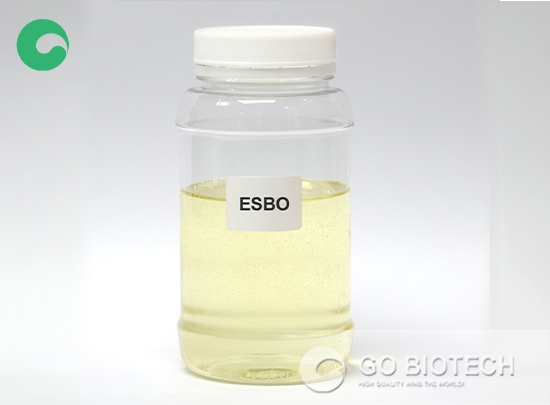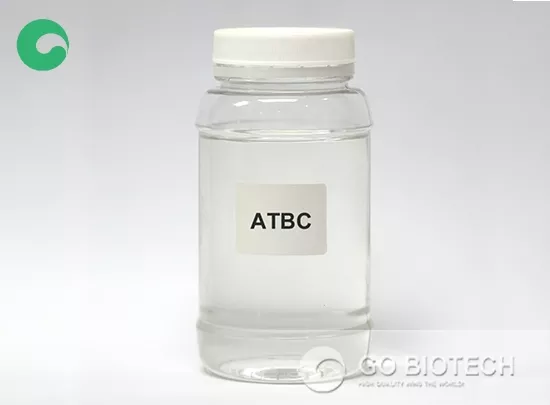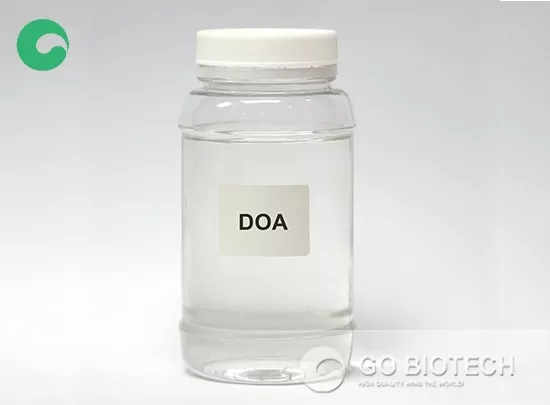What are the ingredients of environmentally friendly plasticizers?
Environmentally friendly plasticizers, often referred to as “green” or “bio-based” plasticizers. The following are some common ingredients used in environmentally friendly plasticizers:
1. Epoxidized Soybean Oil (ESBO)
- Source: Derived from soybean oil.
- Properties: ESBO is used as a secondary plasticizer and stabilizer in PVC products. It is non-toxic, biodegradable, and helps improve the heat and light stability of PVC.
- Applications: Used in food packaging, toys, and medical products due to its safety profile.

2. Citrate Esters (e.g., Acetyl Tributyl Citrate, ATBC)
- Source: Derived from citric acid, which is found in citrus fruits.
- Properties: Citrate esters are non-toxic, biodegradable, and compatible with a wide range of polymers. They provide good flexibility and low-temperature performance.
- Applications: Commonly used in food contact materials, toys, medical devices, and personal care products.

3. Adipate Esters (e.g., Dioctyl Adipate, DOA)
- Source: Derived from adipic acid and alcohols.
- Properties: Adipate esters are known for their good plasticizing efficiency, low volatility, and flexibility at low temperatures. They are considered safer alternatives to phthalates.
- Applications: Used in food packaging, cling films, and flexible PVC applications.

These ingredients reflect a shift towards more sustainable and safer plasticizer alternatives that minimize environmental impact and health risks. Their applications span various industries, including food packaging, medical devices, and consumer goods, where safety and environmental considerations are paramount.
-
Where are PVC plasticizers widely used?
-
How to choose the right plasticizer?
-
Comprehensive introduction to plasticizer classification and related knowledge
-
What are the properties of high-quality plasticizers?
-
What Is a Plasticizer?
-
Analysis of the effects of using environmentally friendly plasticizers